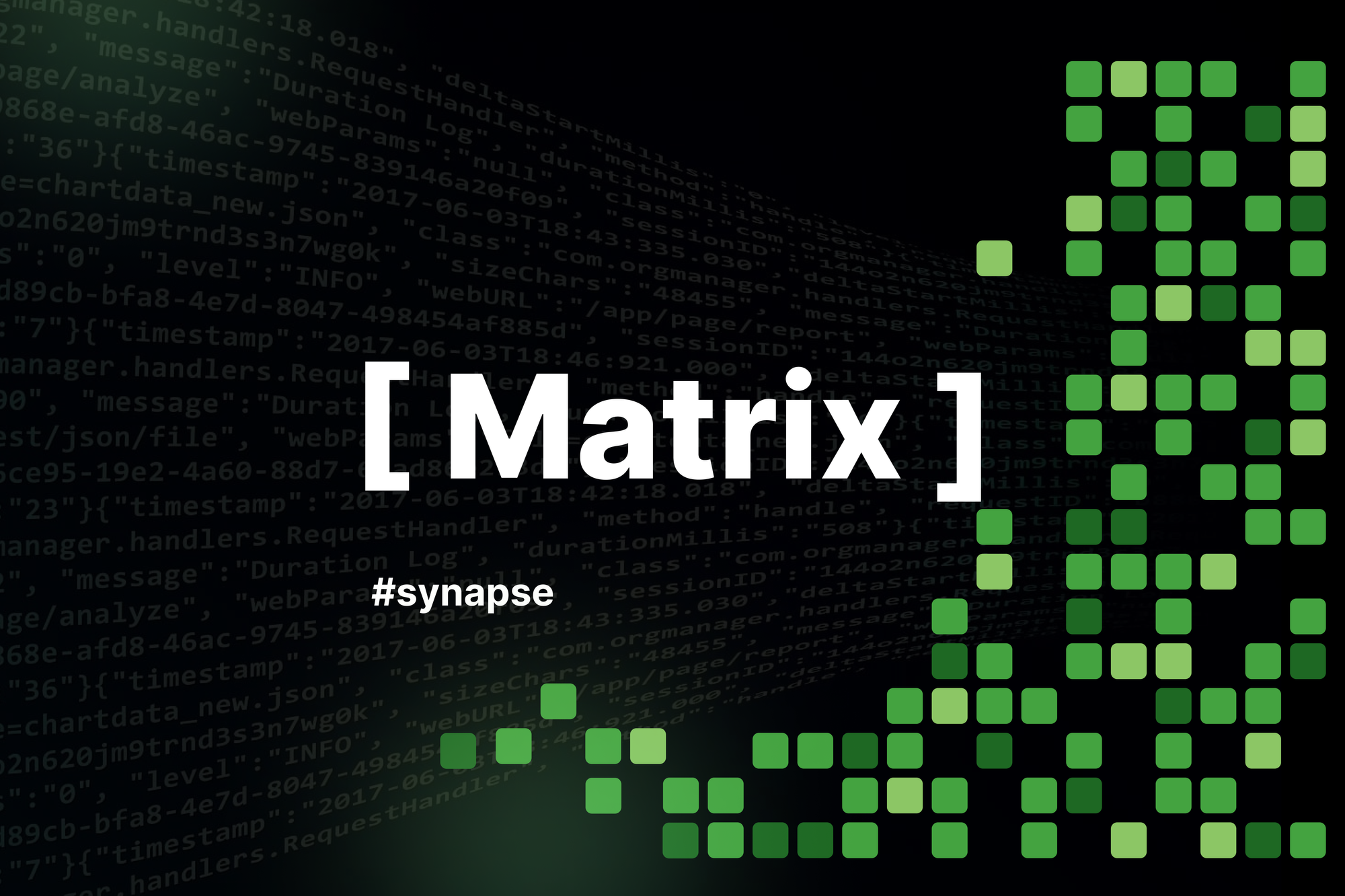Matrix Synapse is a robust, open-source communication server that powers the decentralized and federated Matrix protocol. When paired with Element, an intuitive Matrix client, you gain a full-featured, secure communication platform for personal or organizational use.
In this guide, we’ll walk through deploying Matrix Synapse, securing it with HTTPS, and connecting it with the Element client for seamless communication.
Step 1: Setting Up Matrix Synapse
1.1 Prerequisites
Before deploying Synapse, ensure your server meets these requirements:
- Operating System: Ubuntu 20.04 or later (recommended).
- Hardware: At least 2GB of RAM and 10GB of disk space.
- Installed Tools:
- Docker and Docker Compose (for containerized deployment).
- A domain name (e.g.,
matrix.xynoslab.com).
1.2 Deploy Synapse with Docker
Create a directory for your Synapse deployment:
mkdir -p ~/matrix-synapse && cd ~/matrix-synapse
Create a docker-compose.yml file with the following content:
services:
synapse:
image: matrixdotorg/synapse:latest
container_name: synapse
volumes:
- ./data:/data
environment:
SYNAPSE_SERVER_NAME: matrix.xynoslab.com
SYNAPSE_REPORT_STATS: "yes"
ports:
- "8008:8008"
restart: always
Start Synapse:
docker-compose up -dVerify that Synapse is running by visiting http://<your-server-ip>:8008.
Step 2: Configuring Matrix Synapse
2.1 Generate Initial Configuration
Run this command to generate the Synapse configuration files:
docker exec -it synapse generate
This creates the homeserver.yaml configuration file inside the /data directory.
2.2 Customize Configuration
Edit homeserver.yaml to reflect your server’s settings. A minimal configuration looks like this:
server_name: "matrix.xynoslab.com"
pid_file: "/var/run/matrix-synapse.pid"
listeners:
- port: 8008
tls: false
type: http
x_forwarded: true
bind_addresses: ['::1', '127.0.0.1']
resources:
- names: [client, federation]
database:
name: sqlite3
args:
database: /data/homeserver.db
log_config: "/data/log.yaml"
media_store_path: /data/media
registration_shared_secret: "your_registration_secret"
Step 3: Securing Synapse with HTTPS
Matrix Synapse does not include built-in TLS. To secure your server, use a reverse proxy like Nginx or Caddy.
3.1 Caddy Configuration
matrix.xynoslab.com {
reverse_proxy localhost:9122
# Optional: Customize headers to ensure CORS and security
header {
X-Content-Type-Options nosniff
X-Frame-Options DENY
X-XSS-Protection "1; mode=block"
}
}3.2 Obtain an SSL Certificate
Caddy willl automatically generate a TLS certificate for your domain. Just restart caddy once.
systemctl restart caddyNow, your Synapse instance is accessible securely at https://matrix.xynoslab.com.
Step 4: Connecting Synapse with Element
4.1 Install Element
Download the Element client on your preferred device:
- Web: app.element.io
- Desktop: Element Desktop
- Mobile: iOS or Android
4.2 Configure the Client
- Open the Element client and select Sign In.
- Click Custom Server Options (if using a self-hosted server).
- Enter your Synapse URL: Homeserver:
https://matrix.xynoslab.com. - Sign in using your Matrix credentials.
Step 5: Registering Users
5.1 Open Registration
To enable public registration, edit the homeserver.yaml file:
enable_registration: trueRestart the Synapse container:
docker restart synapseStep 6: Exploring Advanced Features
Enable Federation
Allow your server to connect with other Matrix servers by setting up federation:
federation_domain_whitelist: []
Add Integrations
Enhance your Synapse server with bots, bridges, and integrations:
Conclusion
By deploying Matrix Synapse and connecting it to Element, you've taken a significant step towards secure, decentralized communication. With additional features like federation and integrations, you can further enhance your platform for both personal and professional use.
Have questions or ideas? Share them in the comments below, and let’s build the future of decentralized communication together!
Happy chatting with Matrix and Element!






